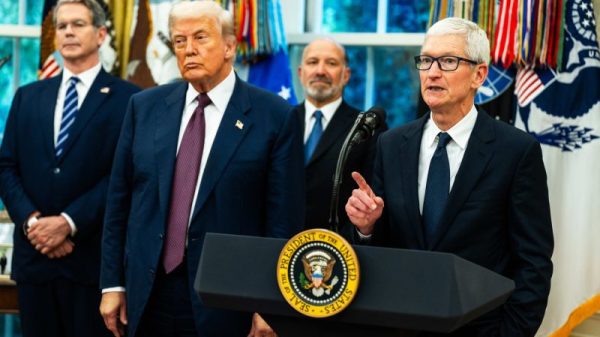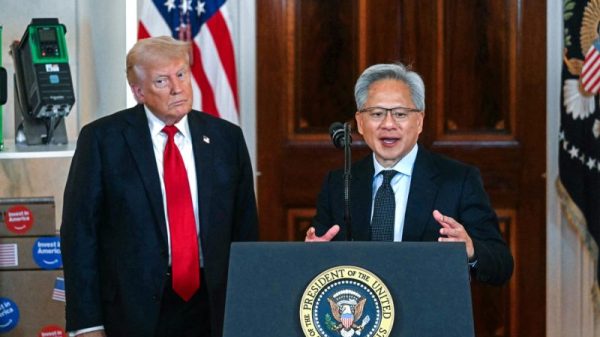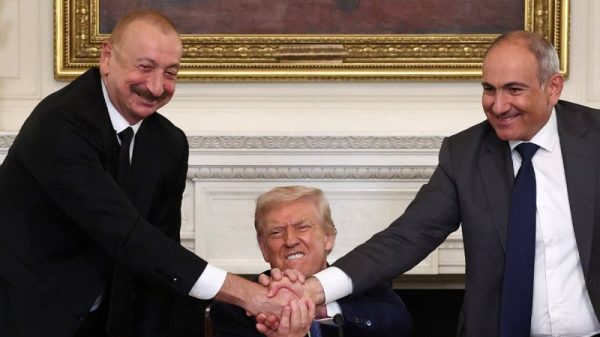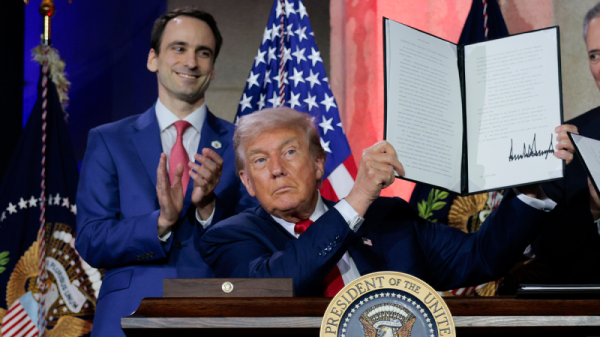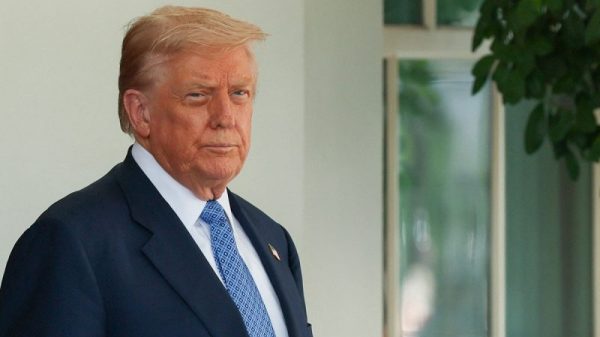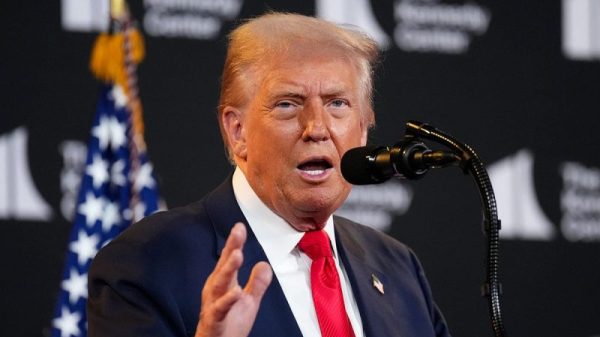The Impact of Trump Tariffs on Walmart’s Pricing Strategy
In the current economic climate where global trade tensions are escalating, many retail giants, including Walmart, are bracing themselves for potential price hikes as a result of the Trump administration’s proposed tariffs. The Chief Financial Officer (CFO) of Walmart has indicated that the retail giant may be forced to increase prices on certain products if the tariffs come into effect. This move could have far-reaching implications not only for Walmart but also for consumers and the wider economy.
One of the key concerns for Walmart, a company known for its commitment to offering low prices to its customers, is the potential impact of tariffs on its bottom line. The imposition of tariffs on imported goods could lead to higher costs for Walmart, especially if these tariffs target products that are commonly sourced from countries such as China. In such a scenario, Walmart would face a difficult decision between absorbing the increased costs or passing them on to consumers through higher prices.
While Walmart has a history of leveraging its significant buying power to negotiate favorable prices with suppliers, the uncertainty surrounding the trade war between the US and its trading partners presents a unique challenge. If the proposed tariffs are implemented, Walmart may find it harder to maintain its current pricing structure, particularly on items that are heavily reliant on imports. This could result in a shift in the competitive landscape within the retail industry, as Walmart’s value proposition of everyday low prices may come under pressure.
Moreover, the potential price increases at Walmart could have a ripple effect on consumer spending patterns and overall inflation levels. As one of the largest retailers in the world, Walmart plays a significant role in shaping consumer behavior and market trends. If Walmart decides to raise prices in response to tariffs, it is likely that other retailers may follow suit, further exacerbating the impact on consumers’ wallets. This could lead to a decrease in purchasing power and a slowdown in economic growth, as consumers tighten their belts in response to higher prices.
In conclusion, the specter of Trump tariffs looms large over Walmart and other retailers, threatening to disrupt established pricing strategies and alter the competitive dynamics within the industry. As Walmart considers the possibility of raising prices to offset the impact of tariffs, it faces a delicate balancing act between maintaining its reputation for affordability and protecting its profit margins. The ramifications of these potential price hikes extend beyond Walmart’s bottom line, impacting consumer behavior, inflation levels, and the broader economy. The coming months will be crucial in determining how Walmart navigates these challenges and adapts to a rapidly changing economic landscape.







